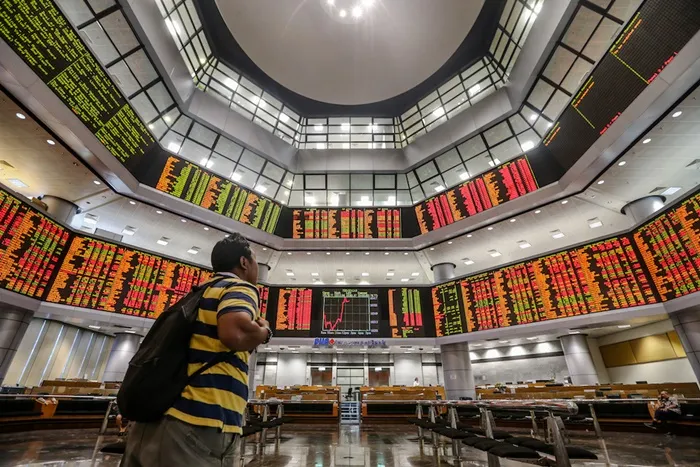It’s often cited that dollar strength is driving ringgit weakness, which bears some assessment given that the dollar is currently 2.17 per cent off its peak in October 2023 while the ringgit is again revisiting last year’s weakest levels.
What, then, is the reason for its underperformance? Often cited are falling exports, political stability, economic fundamentals, consumer sentiments and perhaps because Coldplay only had one concert here.
The lack of compelling domestic investments and the ease of moving capital overseas have also been cited.
Periods of strength are seen as an opportunity to sell the ringgit. This, amidst relatively thin market conditions, can cause a rush for the exit, resulting in a price jump in reaction to large overnight moves. Or is it something else?
A farewell to cheap money
Over the past 5 years, the ringgit has moved from around RM4.02 at its strongest to where it is currently. Large trend moves can be explained by the dollar’s move, especially in 2022, in anticipation and the subsequent delivery of significant fed hikes.
Driving this was soaring inflation driven by supply chain disruptions and revenge spending by consumers who had not only missed out on spending for over two years but were also buoyed by government handouts.
The dollar’s rise was also due to better economic conditions juxtaposed with the continued zero-Covid lockdowns in China, which had negative knock-on effects on the region.
The dollar came off its peak after markets reassessed further Fed rate hikes along with a string of weaker-than-expected US data.
This should have seen the ringgit return to RM4.40, but it is trading closer to RM4.75. This divergence can be attributed to where ringgit peers are trading and, more importantly, how global bond yields have moved.
Misery loves company
The yen and the yuan are equally weak, as are their regional peers. Their respective movements mirror the ringgit’s, with the yen again visiting its weakest levels over the past year, similar to the ringgit.
The Yuan is suffering from economic fears, and should it turn into reality, it would mean significant negative consequences for the region. Perhaps reflecting this, both the baht and rupiah have also been similarly weak, with the rupiah exceeding its weakest level last year.
The yen is weak due to the persistently easy monetary policy, and the Bank of Japan (BoJ) is showing no concrete signs of shifting away from it.
We can expect the ringgit to gain should the BoJ dial back its stance. China, showing real signs of improvements in the property and equity market, will also be helpful.
It is best to be with the one who pays
The rise in global yield driven by US treasuries has also been detrimental. The US 10-year treasury yields have risen significantly from around 0.60 per cent in mid-2020 to move ahead of 5.00 per cent last year.
Observations of market movements show that periods of yield increases can drive the ringgit weakness or push back against the ringgit strength. While the dollar index has turned lower from 112 and is currently in a holding pattern between 101 and 105, yields have continued to tilt upward.
Looking over the past 5 years, the 10-year Malaysian yields have exceeded those of the US, and this reversed in the middle of 2023, which is now yielding 0.55 per cent lower.
This negative spread is also evident across the bond yield curve, with the 2-year US treasury and fed funds rate higher than those of its Malaysian counterparts. Higher US yields and a weakening ringgit deter significant foreign fund flows into local bond markets and weaken the ringgit bid, causing an imbalance in currency demand and supply.
Fret not and carry on with local holidays
Putting together the weaker ringgit is rather less a reflection of domestic troubles than one that is global. A move not in isolation but in lockstep with other currencies.
As such, for the ringgit to turn and become stronger, we will have to see the dollar turning lower, yields falling, BoJ shifting its policy stance, China’s economic prospects improving, weaker US data or more acts booking their shows in Malaysia.
What are domestic factors? Little out there indicates a radical shift in domestic fortunes, both positive and otherwise. Keep calm and carry on comes to mind here.
Malaysia has a steady economic trajectory, well-functioning financial markets with strong institutions and little prospect of significant financial market losses.
What of the political front? Is it any different from the upheavals seen in the rest of the world? So, as long as the bureaucracy remains well functioning, a more dynamic political front is now a feature here and worldwide.
‘Kita jaga kita’, but the fate over the intermediate term, it seems, is left to factors outside our borders.







